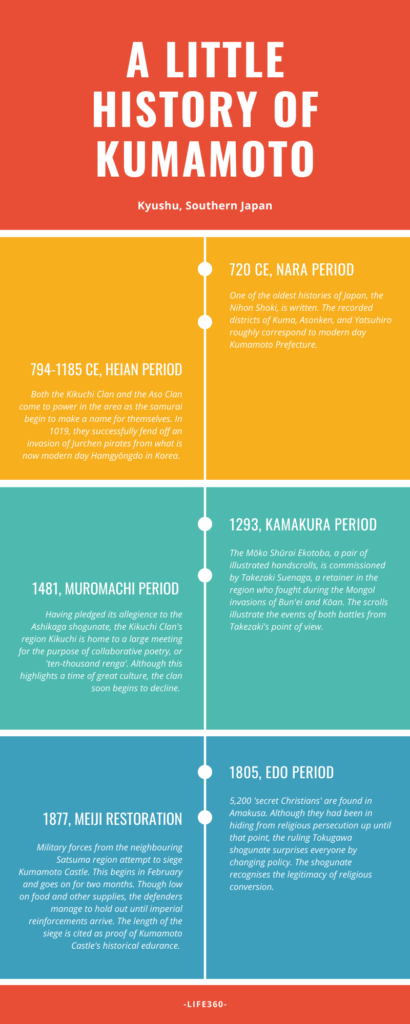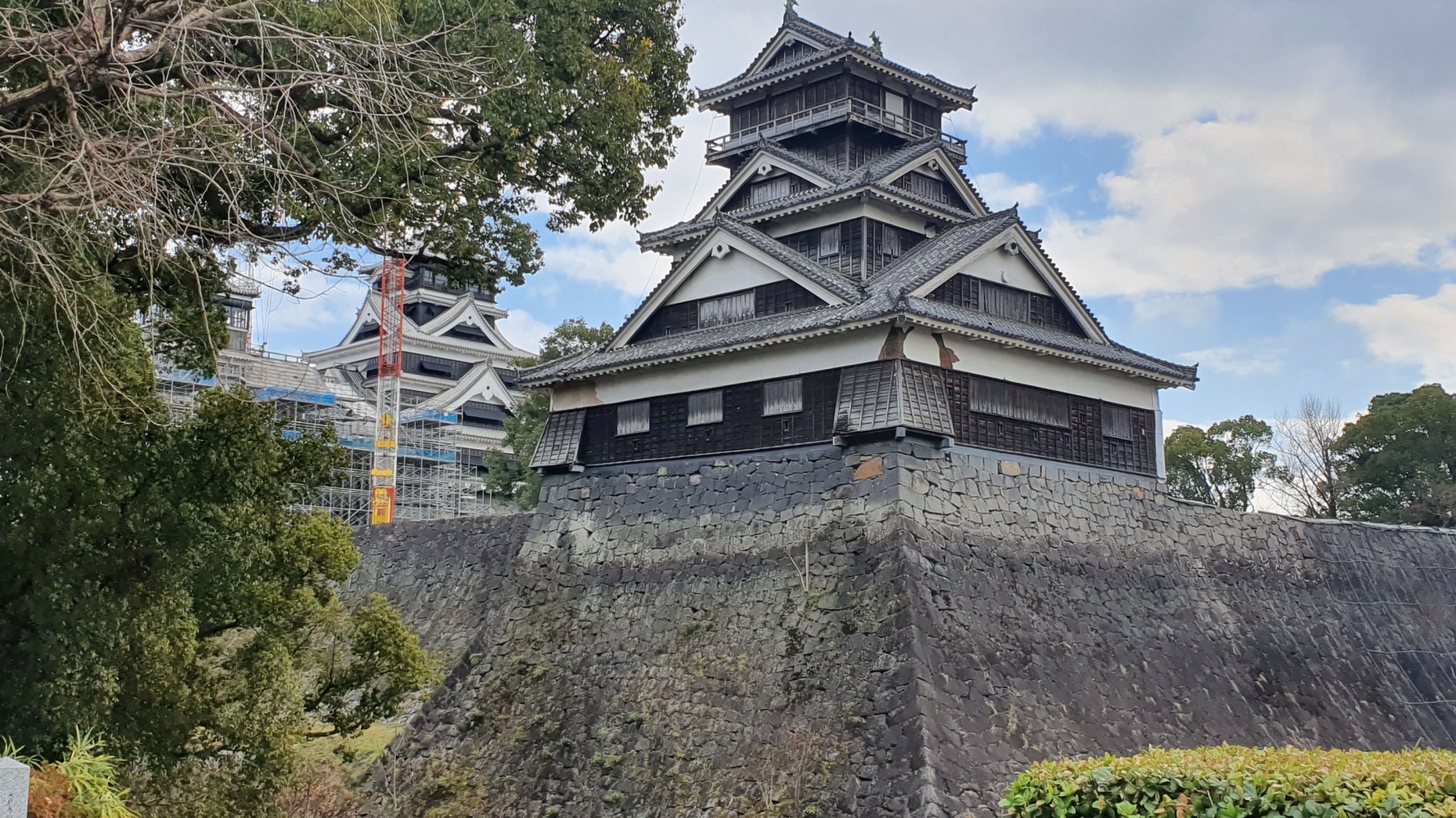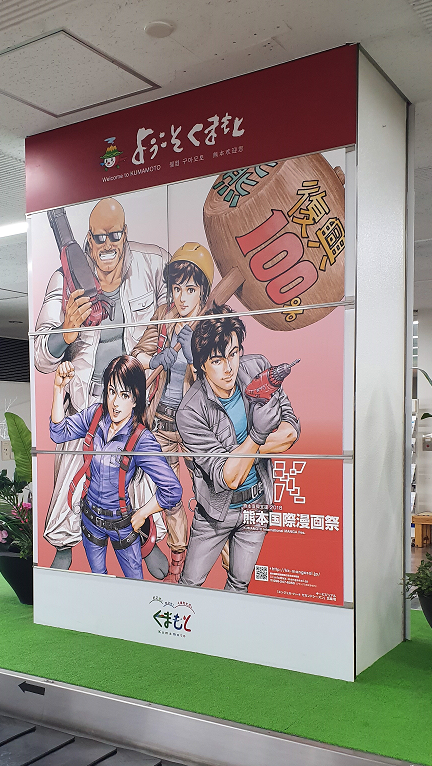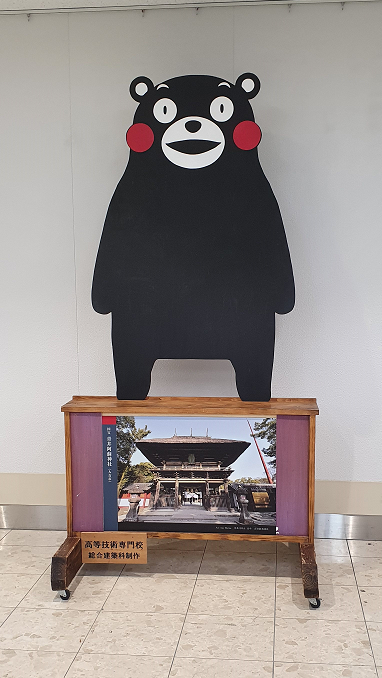An adventure into Kumamoto, the quintessential Japanese city: mascots, castles, curry, and karaoke.
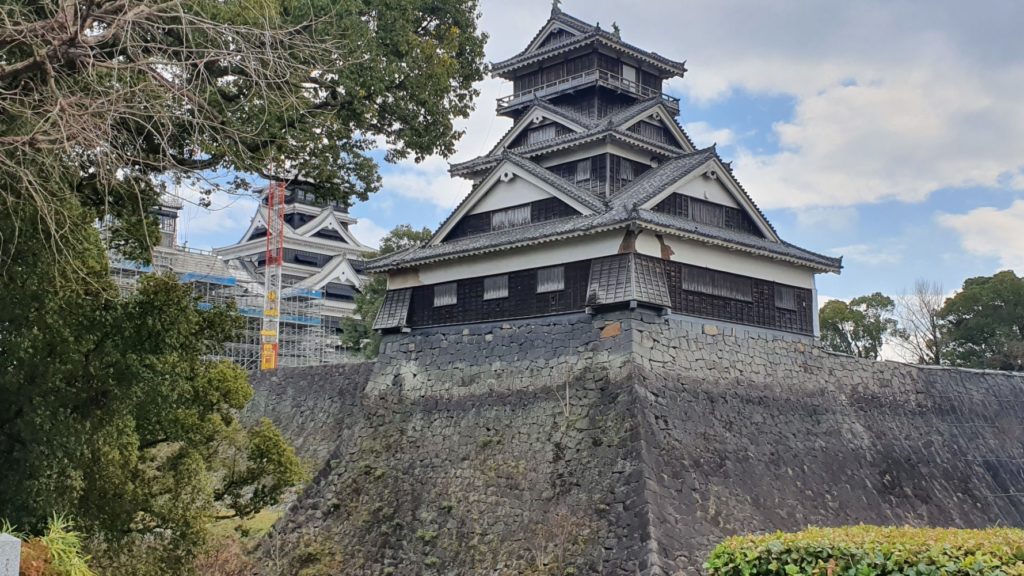
When I stepped towards the baggage carousel, I encountered my first indication that maybe something had gone wrong. The room itself was mostly inconspicuous, given that it was painted in the same plain colour scheme almost all over. The only thing that was really eye-catching was the large mural advertising some kind of international manga convention. If that hadn’t been there, I could realistically have been standing in any airport, anywhere in the world. Behind me, a tall, imposing caricature stood watch over the new arrivals. It was somewhere between cute and creepy, but I’d prepared myself for Kumamon, the region’s rosy-cheeked mascot.
None of this was unexpected. However, in my eagerness as we all waited for the carousel to start moving, I craned my neck to peek into the next room. And there was nobody there waiting for me.
Journey into the unknown
I got the bus in pitch-black darkness. It was probably half an hour before the lights came back. At first, it was just the occasional street lamp and other cars. Tiny, alien-looking things that made American pick-up trucks look like something out of a horror movie by comparison. What happened next is the reason I’m telling this story. It was like we’d entered Emerald City and everything had come to life all at once. Bright lights and dominating high-rise buildings reached out all around me. Even though it was the absolute dead of night, it seemed like the city itself hadn’t been informed.
Huge signs and billboards were cobbled together tightly, illuminated by incredible backlights that never let up. Even in areas that seemed devoid of life, the streets seemed to be inviting or advertising regardless. This was different from places like London or Berlin – more exciting and enticing somehow. Rather than being awash with the same warm glow everywhere, Kumamoto was lit up in every colour imaginable at once. A thought struck me later on. If I didn’t know that this city existed a couple of years ago, how many people were missing out on the experience of a lifetime?
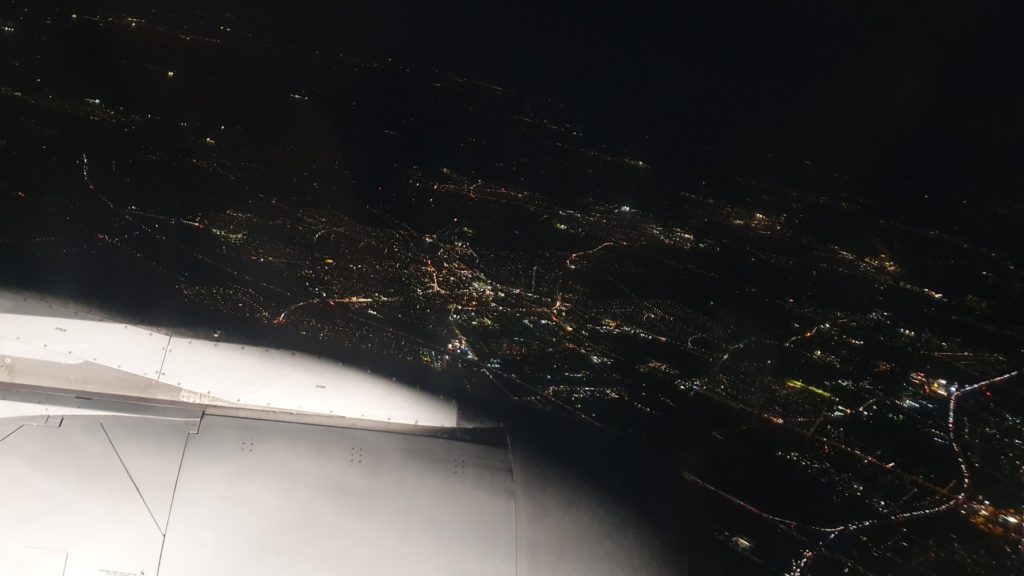
When I flew across the map and back to see my partner in Kumamoto, Japan, this was right before the coronavirus pandemic caused borders to shut worldwide. I realised how lucky I’d been to experience something so vibrant. But now that Japan’s finally starting to relax travel restrictions, starting with Thailand, it’s the perfect time to start planning a getaway. Where could possibly be more intriguing than the hidden gem of Japan’s southern island? Charming scenery and shrubbery in the day, but a world of light in the evenings. A region filled with monuments of history and natural wonders.
I got off the bus after an hour and met my partner at the station, which was practically dead. We took the train out of Kumamoto and into the neighbouring town she was staying in. Just like the lights and signs, I noticed that the buildings in the neighbourhood seemed to be every shape and size. The houses all had brick fences around them, as well as a distinctive style of architecture that made me nostalgic for something I’d never known.
The shrine under the castle
The weekend eventually arrived and my partner didn’t have work, so she lead me back into Kumamoto to see things I’d only heard about. We got off the tram and began our journey at the foot of what appeared to be a hill. There, we explored the shrine dedicated to Inari, god of foxes, fertility, and prosperity amongst other things. This guy was one of the big figures in Shinto, a religion in which there are said to be eight million gods, though this is a figure of speech. The shrine was a sight to behold, with nearly everything the same bright shade of red. Huge Torii gates stood tall above us as we climbed up the stairs to make our offering. Charms and scrolls dangled down from golden ropes and red poles, swaying slightly in the wind.

We washed our hands to remove any impurities, then moved on. When the shrine is particularly busy, it’s normal for visitors to huddle up together and throw coins towards the offering box from a distance. Luckily for us, there was a chill in the air and only a handful of people had decided to make the trip. As we waited patiently for them to give their offerings, my partner taught me the correct way of praying here. After I had slipped my 5-yen coin into the dark, wooden offering box, we made our way up another set of stairs and turned to face the main part of the shrine. It began with a ring of the bell, followed by two bows, two claps, and one more bow. I tried to think of a wish, but settled for the first thing that came to mind.
Four years of repairs
Though I didn’t realise its importance at the time, Kumamoto Castle is one of the three most important castles in all of Japan. We climbed the hill, on top of which was the castle itself. As we carried on, breathing heavily, I noticed that huge chunks of the castle were lying on the ground, labelled and ready to be put back in place. When an earthquake hit the region in 2016, significant parts of the castle simply fell apart. Walls, turrets, and rooves were severely damaged and what did the Japanese do? They responded by cataloguing every individual rock and tile and started to put them all back where they belonged. The restoration effort has been underway for a few years but the ambition of the project was what amazed me more than anything else there.
When we finally reached the top of the hill and had the opportunity to see the castle up close, the extent of the damage became obvious. The traditional shapes of the walls and buildings were abruptly bent in places, with massive holes in others. Still, the beauty of the castle remained somehow unblemished. Despite everything that had happened to it, I felt awe in the presence of something that had stood the test of time for so long. Even though the place was under reconstruction, massive crowds had gathered at the entrance and were slowly pushing their way through the place.

Fresh pastries and hot curry
The first thing we did after making our way back down was to get food. There was a bakery in the station where we’d picked up delicious pastries in flavours I’d never tried that way before. After we had eaten our snacks and walked back down the hill, however, our hunger levels were overflowing. Luckily for me, my partner already had somewhere in mind. CoCo Ichibanya is apparently a chain of some kind, but it was perfect for what we had in mind, which was curry. For too long, I’d put up with the same knock-off chicken katsu from Wiwo. What I actually ended up with at CoCo was a mildly spicy beef curry, vastly different from anything I’d had before. I wanted to look cool in front of my partner, naturally, but it was hard putting up with the spice when I’d ordered coffee rather than water. On the other hand, I’d later end up trying Japanese pancakes at a cafe nearby, which are objectively bigger and fluffier than any other kind.

After the curry, the two of us explored the shopping centre for a few hours. We spent most of it at a nearby karaoke place where we had our own room for cheap, as well as free drinks. They had songs in both Japanese and English, though we probably had the most fun with All Star, that one song from Shrek. Eventually we moved onto Animate, a multi-floor complex with all kinds of merchandise for the dumb anime and games we were into. That said, I didn’t pick much up in the end as we discovered that merchandise is seasonal in Japan – if it’s not on the air, you’ll be lucky to even see it. By this time, the night has returned and we stepped out into a city that was now one big spotlight.
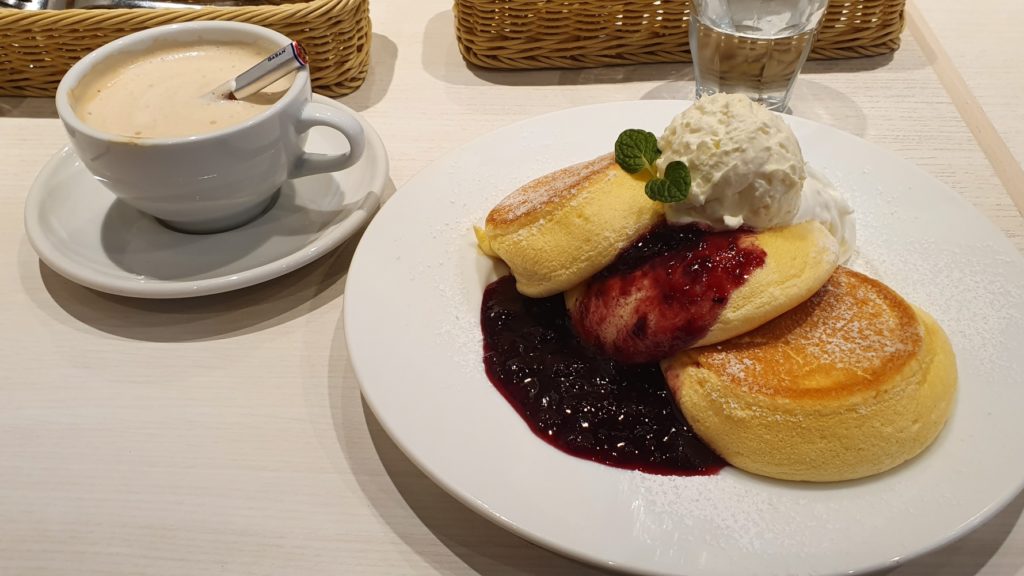
Thinking about it now, if we’d had more time, there are so many things I would have gone looking for. Kumamoto has a memorial hall to famed novelist Natsume Soseki, as well as a buddhist temple and an observation deck. Suizenji Garden boasts flowers of every season, so there’s always something in bloom. Visit now and take part in a high-class tea ceremony while you watch mounted archery. The nearby town of Aso is full of volcanic onsen: bubbling, natural baths that can only be found in Japan. The volcano there is a literal tourist hotspot. Amakusa’s on the sea so you’ll find beaches, ice cream, a dolphin park, and an old, venerated church that tells the story of Christianity’s slow revival in Japan. If I’d only known, I would have stayed for longer.
